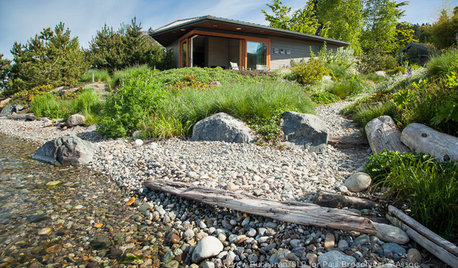Lawn to Garden Convert - Removing Grass
colliwobbles
17 years ago
Featured Answer
Sort by:Oldest
Comments (34)
Embothrium
17 years agolast modified: 9 years agolilydude
17 years agolast modified: 9 years agoRelated Professionals
Ballenger Creek Landscape Architects & Landscape Designers · Gainesville Landscape Contractors · Bergenfield Landscape Contractors · Columbine Landscape Contractors · East Lake-Orient Park Landscape Contractors · Eureka Landscape Contractors · Forest Hills Landscape Contractors · Haverhill Landscape Contractors · Lees Summit Landscape Contractors · Riverhead Landscape Contractors · Rosemount Landscape Contractors · Clarksburg Fence Contractors · Kuna Fence Contractors · Newark Fence Contractors · Duarte Fence Contractorsazehav
17 years agolast modified: 9 years agogrrrnthumb
17 years agolast modified: 9 years agoJAYK
17 years agolast modified: 9 years agocolliwobbles
17 years agolast modified: 9 years agoEmbothrium
17 years agolast modified: 9 years agogrrrnthumb
17 years agolast modified: 9 years agopurplelotus
17 years agolast modified: 9 years agogrrrnthumb
17 years agolast modified: 9 years agogrrrnthumb
17 years agolast modified: 9 years agobotann
17 years agolast modified: 9 years agorpkayak_comcast_net
16 years agolast modified: 9 years agobotann
16 years agolast modified: 9 years agozyrtecdave
15 years agolast modified: 9 years agosinfonian
15 years agolast modified: 9 years agogardengal48 (PNW Z8/9)
15 years agolast modified: 9 years agoskittish
15 years agolast modified: 9 years agojgadamski
15 years agolast modified: 9 years agoebri326_msn_com
14 years agolast modified: 9 years agomdvaden_of_oregon
14 years agolast modified: 9 years agoal_maki
14 years agolast modified: 9 years agomdvaden_of_oregon
14 years agolast modified: 9 years agoeagergardener5
14 years agolast modified: 9 years agonwhorthappy
14 years agolast modified: 9 years agocrazyservants_yahoo_com
12 years agolast modified: 9 years agooliveoyl3
12 years agolast modified: 9 years agoTyler86
12 years agolast modified: 9 years agokitch215
11 years agolast modified: 9 years agotanowicki
11 years agolast modified: 9 years agomarcel1
10 years agolast modified: 9 years agoOregonGrape
10 years agolast modified: 9 years agoseysonn
10 years agolast modified: 9 years ago
Related Stories

GARDENING GUIDESSmall Gem Lawns: More Impact From Less Grass
Instead of letting the lawn sprawl, make it a shapely design element in your yard. You’ll reap benefits both practical and aesthetic
Full Story
INSPIRING GARDENSLawn Gives Way to a More Natural Lakeside Garden
Meadow grasses, beach pebbles and driftwood replace turfgrass in a nature-friendly landscape on Lake Washington’s shore
Full Story
GARDENING GUIDESGreat Design Plant: Purple Needle Grass, California’s State Grass
The long-lived, drought-tolerant Stipa pulchra is as admired for its benefits as for its good looks
Full Story
GREAT HOME PROJECTSHow to Replace Your Lawn With a Garden
New project for a new year: Lose the turfgrass for energy savings, wildlife friendliness and lower maintenance
Full Story
FRONT YARD IDEASBefore and After: Front Lawn to Prairie Garden
How they did it: Homeowners create a plan, stick to it and keep the neighbors (and wildlife) in mind
Full Story
LANDSCAPE DESIGNCalifornia Says Goodbye to the Sprawling Ornamental Lawn
New state rules will effectively limit turfgrass to 25 percent of the landscape in most new and renovated yards
Full Story
LANDSCAPE DESIGNIs It Time to Consider Fake Grass?
With more realistic-looking options than ever, synthetic turf can be a boon. Find the benefits and an installation how-to here
Full Story
MOST POPULARMeet a Lawn Alternative That Works Wonders
Carex can replace turfgrass in any spot, is low maintenance and adjusts easily. Add its good looks and you’ve got a ground cover winner
Full Story
EARTH DAYThe Case for Losing the Traditional Lawn
Work less, help the environment and foster connections by just saying no to typical turf
Full Story
GARDENING GUIDESHow to Plant a New Lawn From Seed
Choose from more grass varieties and save money over sod by starting your lawn from seed
Full Story








westgate